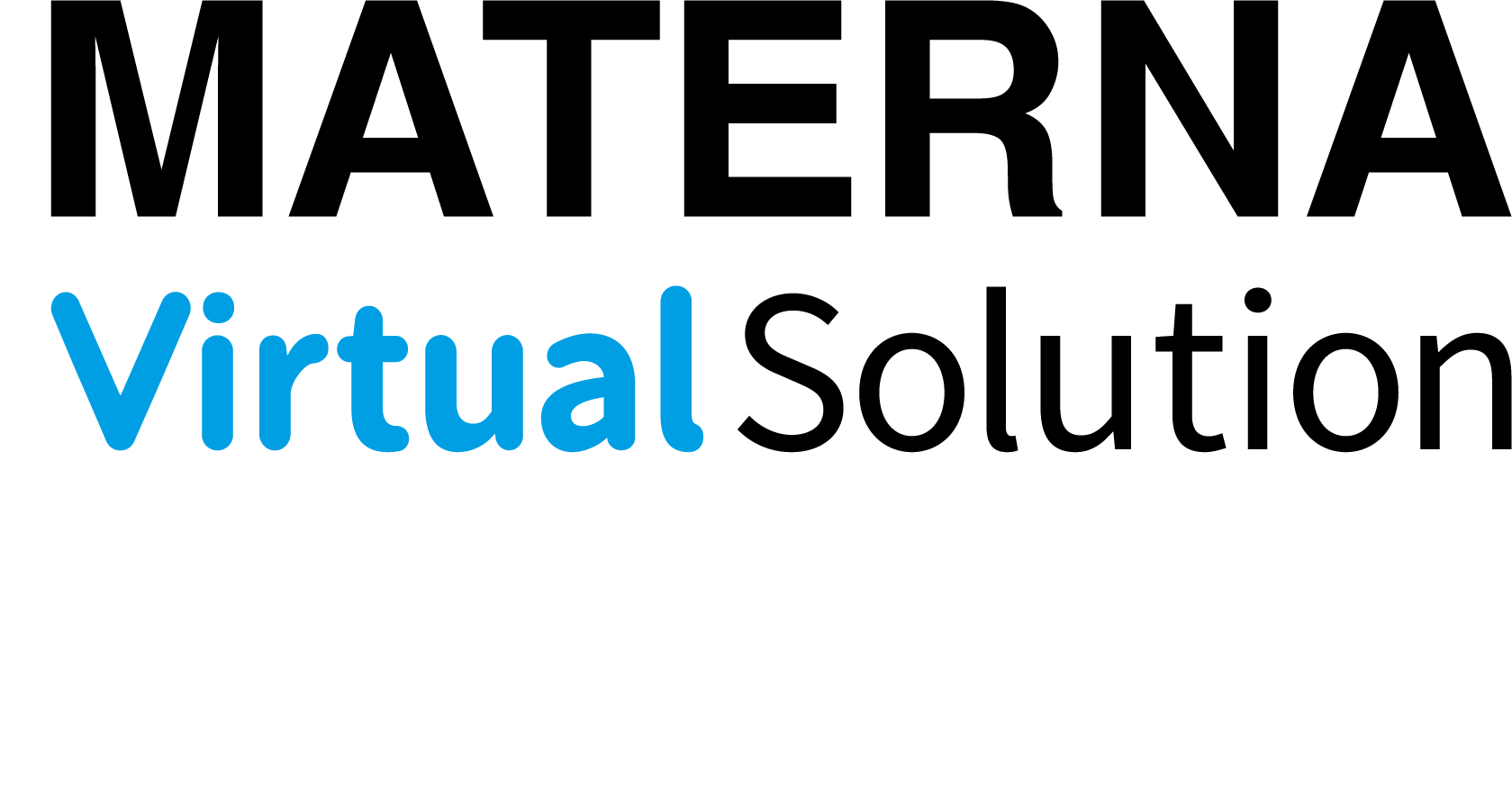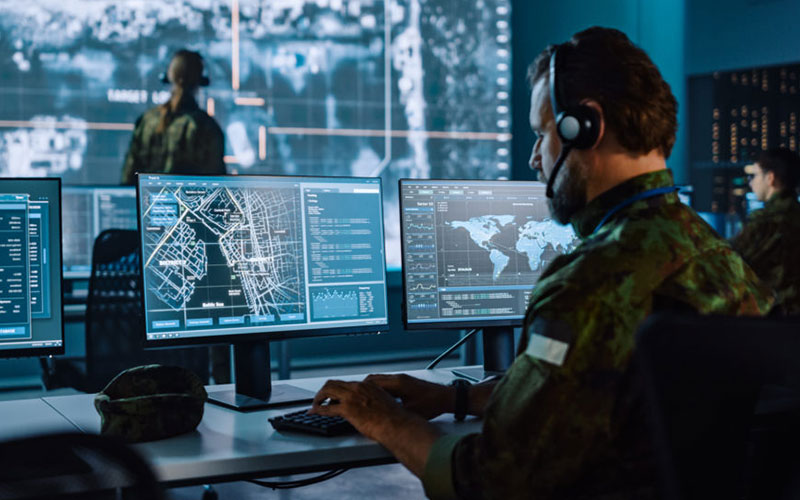Despite the availability of state-of-the-art technology, security agencies and organizations (known in German as BOS) often lack a uniform communication solution for mobile working scenarios. In this blog article, we illustrate why such a solution is crucial and outline which requirements a solution needs to fulfill in the context of security organizations.
The tried and tested old communication channels and closed IT infrastructures that are still employed in many security-related organizations quickly run up against their limitations when it comes to field operations. For instance, police officers still often have to record accident details by hand. And even when digital tools are available, they have generally not been integrated fully into the corresponding back-end systems, generating a substantial amount of additional administrative efforts for operatives in the field. Lacking secure alternatives, emergency and security workers often resort to using unsafe, unapproved applications such as WhatsApp and other services. This kind of shadow IT poses an immense risk to the highly sensitive data which security and emergency workers often handle. For precisely this reason it is vital that secure, ultra-mobile communication solutions be made available for security and emergency staff to use.
Below we have compiled the key prerequisites such a solution definitely needs to fulfill.
1. All employees need to be networked with each other
Staff deployed in the field need to be able to work flexibly and securely wherever they are located. It is equally important that they can transfer sensitive, confidential data to their back-office colleagues in real time using end-to-end encryption, thus reducing the administrative workload. An appropriate solution must be able to guarantee the real-time, encrypted transfer of the data and trouble-free synchronization of each individual process.
2. Uncomplicated usability is of crucial importance
Communicating while deployed in the field also needs to be straightforward to handle and work seamlessly across and between organizations. This requires a standardized solution which functions reliably even in extreme conditions, enabling military forces and emergency services to work together seamlessly.
3. All key functions combined in one solution
Security and emergency workers continually exchange sensitive, sometimes strictly confidential information such as reports, witness statements or even investigative strategies with each other by way of email, messages or telephone calls. As a result, the communication solution they require does not only need to offer a secure messaging function but also a hardened browser and a safeguarded camera, as well as an encrypted email program and secure calendar.
4. Data protection and security are top priorities
Security and emergency organizations work with sensitive, security-critical information on a daily basis. Consequently, it is essential that a communication solution facilitating secure and ultra-mobile work also needs to be suitable for the communication of confidential data up to VS-NfD classification level.
To facilitate a high degree of mobility and security for military forces and emergency services when working across and between organizations, security-relevant services crucially need to equip their workers with a uniform communication solution which ensures the unconditional protection and security of the highly sensitive data they handle at all times. Beyond that, the solution should also enable uncomplicated, seamless communication and cooperation for all security and emergency staff, no matter whether they are working in the office or deployed in the field, to prevent them from resorting to unauthorized applications.


